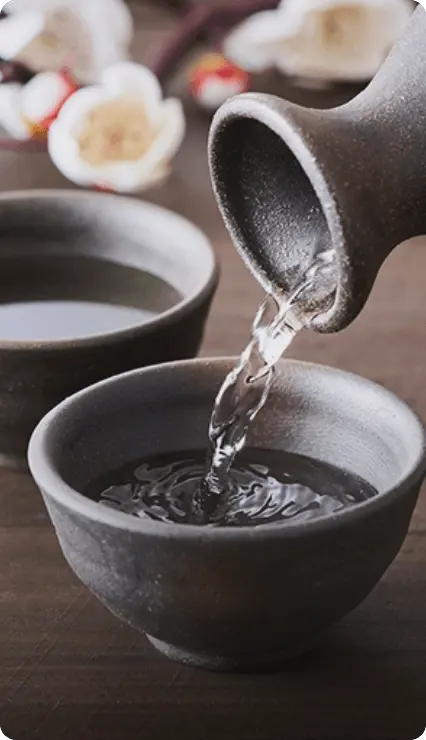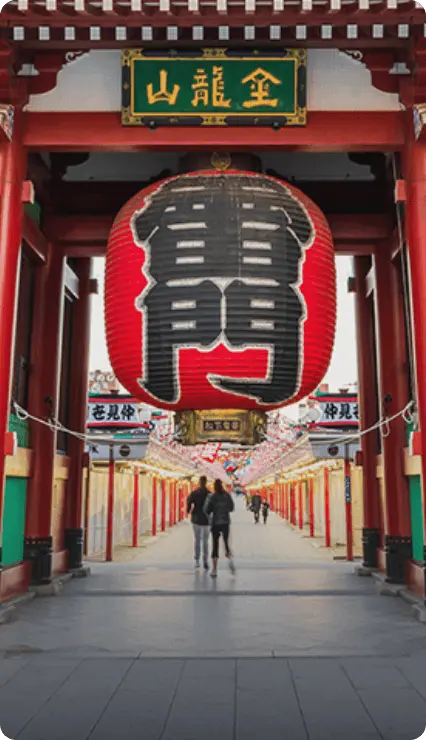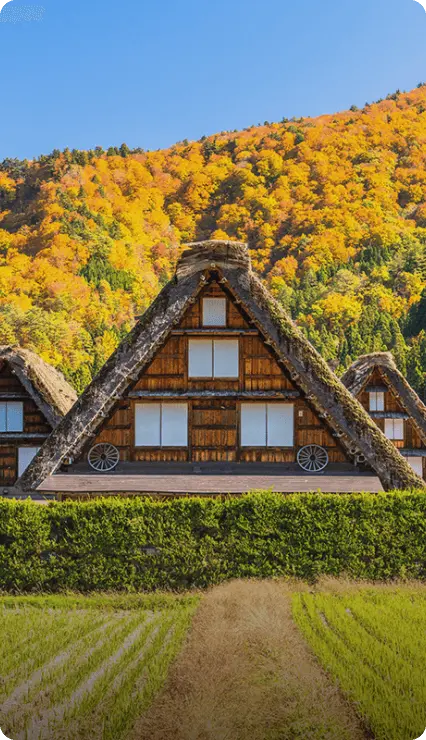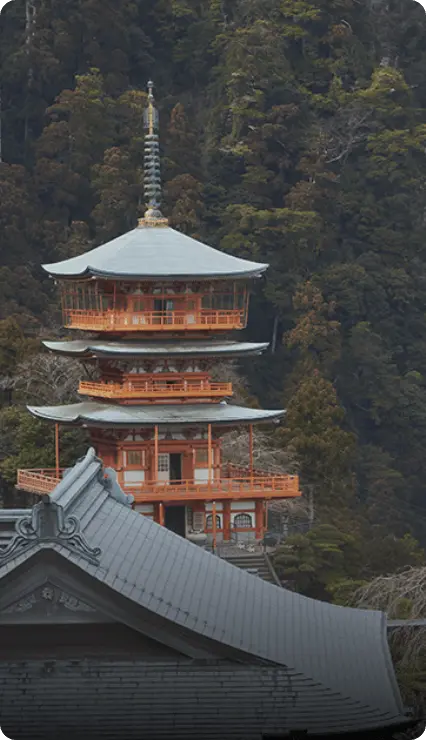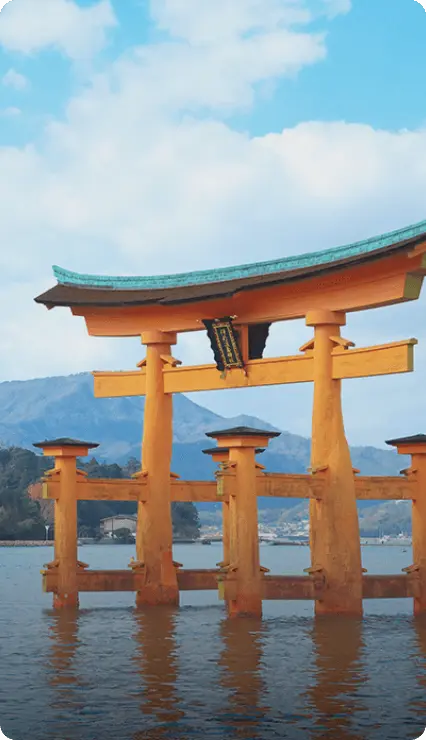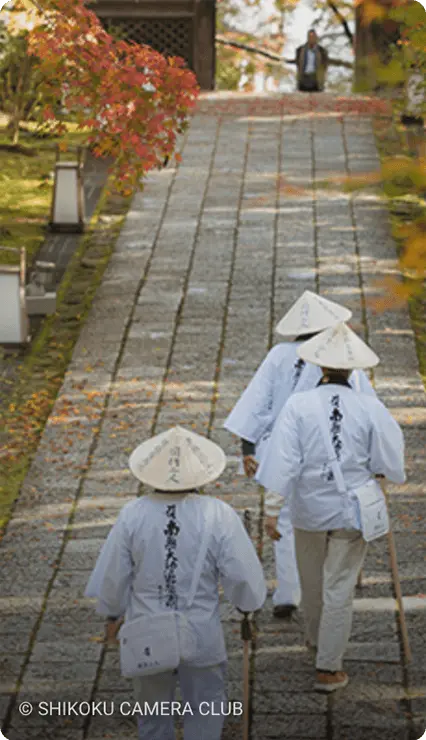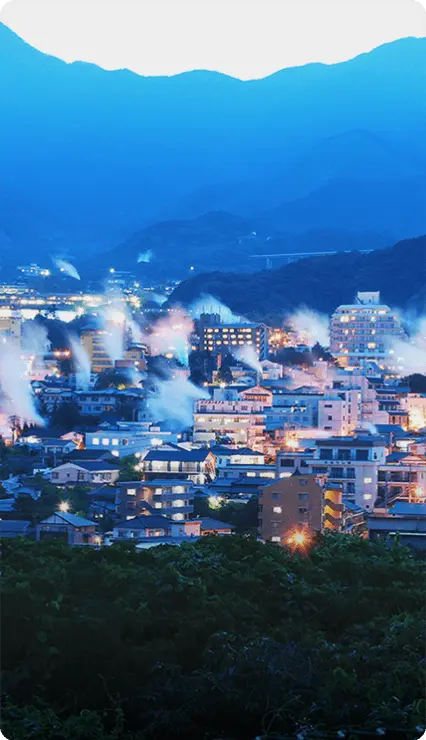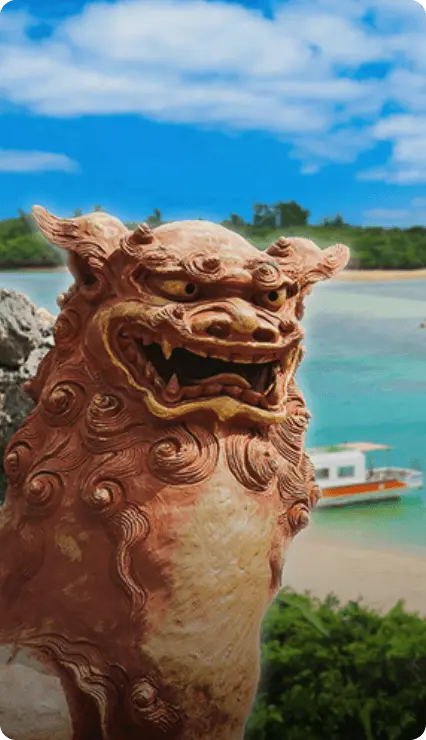Mountains, tea fields and hot-spring baths: A pilgrimage into Japan’s heartland

Produced for Japan National Tourism Organization by

Please always refer to the latest government advice before booking travel and departing on any trip.
-
From hiking in the Japan Alps to historic towns, traditional crafts and spiritual journeys, Central Japan embodies the very essence of Japan.
-
Central Japan is Japan’s geographic heart, hemmed in by the Pacific Ocean and Sea of Japan, with Greater Tokyo to the east and the nation’s historic core of Kansai to the west. Within this region, the mighty Japan Alps loom over thatched-roof villages, tea farms flourish, hikers unwind in hidden onsen (hot spring pools), and devotees walk pilgrimage routes to temples and shrines cloaked in mist.
Nagoya is the easiest hub for accessing much of the region, thanks to its shinkansen train links to Tokyo, Kyoto and Osaka. On the Sea of Japan side, Kanazawa is a straight shot from Tokyo by bullet train and has express routes also running from Kyoto and Osaka.
-
Shizuoka
-
Nestled in the forested north of Shizuoka Prefecture’s Izu Peninsula, southwest of Tokyo, is the tranquil hot spring village of Shuzen-ji Onsen. With an atmospheric bamboo grove for contemplative strolling, an eponymous temple built by Kobo Daishi (Japan’s most important Buddhist saint), and a cluster of dreamy ryokans (traditional inns), this quaint town is an ideal place to escape from the capital and immerse yourself in a steamy onsen bath.
-

But hot springs aren’t all Shizuoka has to offer. A tea shop called Muramatsu Shouten in the city of Hamamatsu offers a crash course on the humble leaf, from cultivation to production. After the plantation and factory tour, visitors can go to nearby Kanzan-ji Temple to play a game of cha-kabuki, wherein they sample different tea varieties and try to guess which type they are drinking in a blind taste-test.
-
Aichi
-
Kusanagi Kan, a museum on the leafy grounds of Atsuta Shrine in southern Nagoya, holds the sacred sword of Kusanagi, which signifies valour. One of Japan’s three Imperial Regalia, alongside a jewel and a mirror, the blade is Japan’s rough equivalent to King Arthur’s Excalibur. Said to be given to the imperial family by Amaterasu Omikami (the Sun Goddess), Kusanagi is hidden from the public gaze, but a dozen other prominent swords are displayed, while sample blades can be wielded in a hands-on area.
Next, head downtown to the Tokugawa Art Museum, where some 10,000 objects, from armour and weaponry to Noh masks and household objects, were left by the Owari branch of Tokugawa Ieyasu’s line. After gawping at the riches, stop by Tokugawa-en, a lovely garden next door, to contemplate the fortune you’ve just seen.
-

©Nagoya Convention & Visitors Bureau
-
Gifu
-
Straddling the Nagara River, Gujo Hachiman is a bucolic town in Gifu Prefecture, overlooked by a castle and brimming with artisans. Among them, Shokuhin Sample Kobo allows guests to create the kinds of hyperreal wax food replicas, from sushi to sundaes, seen in shop windows throughout Japan. More traditional crafts are made in nearby Seki, celebrated for its knives and swords, which can be purchased or forged in a workshop; or in Mino, home to Japan’s top washi paper makers and the best place to pick up some of the traditional paper or make it yourself.
For a little R&R after shopping and making, head to Gero Onsen. The hot spring baths in this riverside town have been known for their waters since the 10th century. Pick up a yumeguri tegata (spa pass) and bath-hop through up to three of the town’s pools. After you’re sufficiently relaxed, climb the stone steps to Onsenji Temple, which sits on a hilltop overlooking the town. The temple is dedicated to the Yakushi Nyorai (Healing Buddha) and offers sweeping views of the surrounding mountains and town below.
-

-
Mie
-
Mie Prefecture boasts Shinto’s holiest of holies, Ise Shrine. This deeply sacred place consists of the sprawling Geku (outer shrine) and the Naiku (inner shrine). Ise holds another one of Japan’s three Imperial Regalia, a sacred bronze mirror, also said to be a gift to the imperial family from the Sun Goddess, although not even the emperor has ever glimpsed it. Slowly stroll the wooded grounds and take in the atmosphere. You’ll likely feel a subtle charge in the air.
Deep in Mie’s interior, the Iga region was once where the ninja lived and trained. Stop by the Iga-ryu Ninja Museum, beside Iga-Ueno Castle, to see ninjutsu in action, from weapon demonstrations to fighting techniques, and tour the ninja house, complete with hidden doors, booby traps and fake hallways. After you’ve explored the town, head into the nearby forest where ninjas once trained. Here, you’ll find a series of cascades known as Akame Shijuhachi Waterfalls along a beautiful approximately 4km hiking trail. These cascades, up to 30 meters tall, spill into a pristine mountain stream that is home to the elusive Japanese giant salamander, which can grow up to 1.5 meters in length.
-
Shiga
-
Northwest of Mie, Shiga Prefecture’s town of Koka also has close ties to the stealth arts. One of two major schools of ninjutsu sprang from this region. Today, the Ninja Village offers a chance for those keen to try out being a ninja to surmount obstacle courses, lob shuriken (throwing stars) and see gadgets of the spies of yore.
The neighbouring Shigaraki area is home to revered pottery kilns named among Japan’s Six Ancient Kilns. Local artisans capitalised on their closeness to Lake Biwa’s sandy clay to create pots, sake bottles and tea ceremony implements with a rustic, earth-tone aesthetic. Among Lake Biwa’s charms is the citadel of Hikone Castle, which stands on a hilltop near the eastern edge of the lake and boasts an original keep. -

-
Fukui
-
North of Shiga, the Ichijodani Asakura Clan Ruins, Japan’s largest medieval urban ruins, sprawl across a valley in central Fukui Prefecture. This town boomed with 10,000 residents during the Muromachi Period (1336-1573), but was razed – castle and all – by warlord Oda Nobunaga in 1573. A corner of town has been reconstructed with samurai, merchant and artisan residences lining a 200-metre-long street, and the foundations of the sprawling homes of the Asakura Lords are free to roam. Elucidating the site’s history, the Fukui Prefectural Ichijodani Asakura Ruins Museum opened nearby in October 2022.
A short drive from the ruins, Daihonzan Eihei-ji is one of two head temples for the Soto Zen sect of Buddhism. This alluring temple offers a real taste of monkhood through the Sanzen Program. If you take the plunge, you’ll stay for one austere night, with morning prayers, vegetarian shojin-ryori cuisine and three or four 40-minute sessions of zazen (seated meditation).
-
Ishikawa
-
Adherents of Hakusan Shinko (Hakusan faith) deify Mt Hakusan itself, which towers over Ishikawa Prefecture’s border with Gifu. Starting from the Ishikawa side, devotees trek to the sacred summit via a pilgrimage route known as the Kaga Zenjodo. The hike’s panoramas of vast plains, volcanic crater lakes, and plummeting waterfalls are sure to leave tourists in awe.
Ishikawa's rugged Noto Peninsula is just as breathtaking. Swap hiking boots for a rental car to explore this weather-beaten finger of land. Starting from the southwest, hug the shore as you drive north, rounding the outer tip, then make your way down the eastern side. You'll see the gnarly Kongo Coast, picturesque Senmaida Rice Terraces, grand temples such as Myojoji Temple and Sojiji Soin, and salty fishing hamlets, set against a backdrop that evokes Japan's elemental side.
As you plan your trip, it's a good idea to check latest information about the area.
-

-
Toyama
-
Due south, in Toyama Prefecture, Ainokura stands like a mirage with some 20 thatched-roof farmhouses, conjuring rural Japan from centuries past. Today, these architectural time capsules have morphed into shops, museums, minshuku (family-run, guesthouse-style lodgings within the owner's home, offering a rare chance to stay in a farmhouse), though they are surrounded by rice paddies and mountains just as they were 250 years ago.
Ainokura has also been able to maintain much of its traditional culture. At the Ainokura Traditional Industries Museums, you can explore the region's heritage through Gokayama's three major Edo-period industries: niter (used for gunpowder), silkworm farming, and washi paper production. The museums also offer a glimpse into local folk culture, showcasing Gokayama songs and dances that have been preserved over generations.
-

For a stunning voyage through eastern Toyama, the antique Kurobe Gorge Railway is hard to beat. This compact train chugs in style through an alpine landscape on a track originally built to assist the massive Kurobe Dam project nearby.
-
Nagano
-
The village of Nozawa Onsen, set in northern Nagano Prefecture’s Japan Alps, is inviting any time of year. But it especially comes to life every January 15, when it hosts the raucous Dosojin Matsuri (Nozawa Fire Festival). Local men aged 25 and 42 – considered unlucky for men in Japan – guard a wooden tower using boughs and kindling, as other male villagers attack the structure with torches. When the structure inevitably goes up in flames, it is believed that evil spirits are warded off for the year to come.
A tamer experience awaits on the Nakasendo, an Edo period (1603-1868) highway where feudal lords and their retinues whisked from Kyoto to Edo (Tokyo today). Some of the towns beside this route are home to venerated crafts. In Narai-juku, artisans take advantage of the cool climate to produce Kiso lacquerware, made from locally sourced and naturally lacquered cypress and Japanese horse-chestnut wood. In nearby Tsumago-juku, locally sourced Nagiso rokuro-zaiku (woodturning crafts), from boxes and trays to tableware, are just as eye-catching.
If you yearn for alpine vistas, traditional crafts, sacred journeys on foot or to sink into a secluded hot spring bath, all of these and more await in Central Japan. Part of the region’s pull is its ease of access from Tokyo and Kansai, but it’s a worthy adventure on its own. From its low-lying tea fields to its wind-swept coastline and its historic towns, there’s something for every stripe of traveller in this classic heartland.
Central Japan
From its dizzying mountains and the tallest in the country, to UNESCO World Heritage sites and vibrant festivals, Central Japan is a bountiful destination for tourists. Go off the beaten track on a wilderness and alpine adventure, or take in some of the country's most important cultural monuments on a visit to this sprawling region.





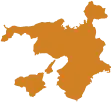






Hokkaido

Tohoku

Greater Tokyo

Central Japan

Kansai

San'in

Setouchi

Shikoku

Kyushu

Okinawa






